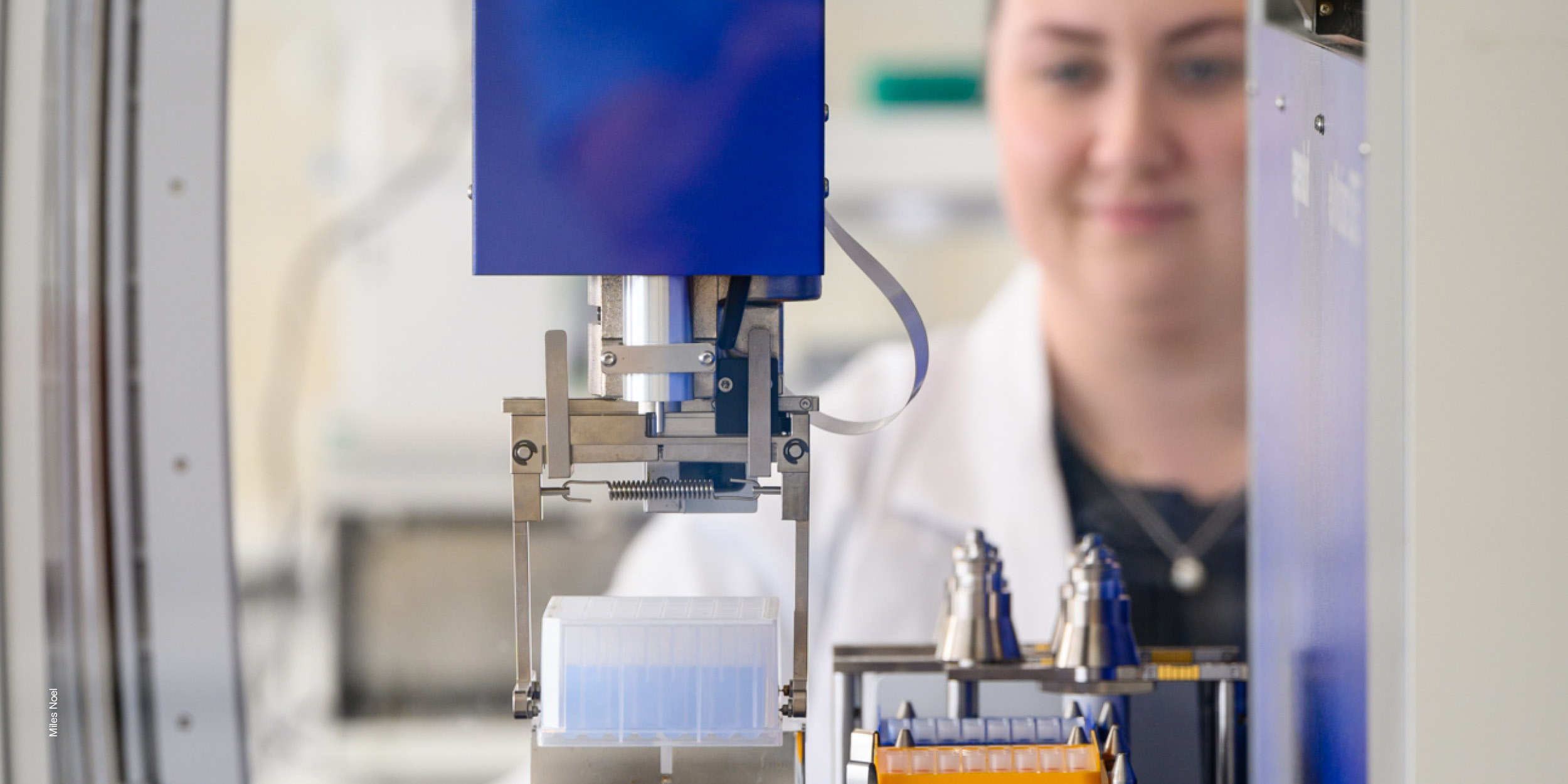A new Environmental DNA (eDNA) sub-Facility has been established, expanding IMOS’ capability to monitor marine biodiversity across Australia’s coastal and sub-Antarctic waters.
All organisms leave traces of DNA in their environment, in seawater, sediments, or even the air. Analysing this environmental DNA (eDNA) through a process called metabarcoding allows researchers to identify multicellular organisms and is revolutionising biodiversity and biosecurity monitoring.
The new IMOS Environmental DNA sub-Facility builds on water sampling already taking place through the IMOS Marine Microbiome Initiative, extending those collections to include larger marine life such as invertebrates and fish.
Samples collected from IMOS National Reference Stations and the Southern Ocean Time Series mooring will be analysed using advanced genetic techniques to map biodiversity patterns and track changes in marine ecosystems over time.
“Understanding biodiversity is critical to defining changes in ocean communities and ecosystems as well as underpinning sustainable use and management. Expanding IMOS to include eDNA sampling will provide sustained biodiversity observing to help meet current and future needs to understand ecosystem state and trends.”
Michelle Heupel, IMOS Executive Director
Environmental DNA provides an efficient, non-invasive way to assess biodiversity and detect shifts in marine communities, offering valuable insights for research, management, and biosecurity. The data generated will help inform national priorities in biodiversity conservation and ocean health.
“We can’t travel to the past, but IMOS data and samples are our time machine. With the new IMOS eDNA sub-Facility, we can revisit samples collected since 2012 and continue long-term monitoring into the future, uncovering how marine communities shift across seasons, years, and a changing environment.”
Miwa Takahashi, CSIRO Research Scientist
The eDNA sub-Facility forms part of the IMOS Biomolecular Observing Facility, which brings together the Marine Microbiome Initiative (that IMOS operates with our partner Bioplatforms Australia as part of the Australian Microbiome Initiative), Microbial Coastal Sampling, and Bioinformatics. Collectively, these sub-Facilities provide an integrated view of life in the ocean through the analysis of biological molecules in seawater.
By combining genetic information from microbes and multicellular organisms, the Biomolecular Observing Facility is building a long-term record of marine biodiversity and ecosystem function. These data are helping researchers understand how ocean life is changing over time, supporting evidence-based decision making in Australia’s waters.
“Adding eDNA observing to IMOS will reveal a whole extra layer of understanding about our oceans”.
Olly Berry, IMOS eDNA sub-Facility Lead
